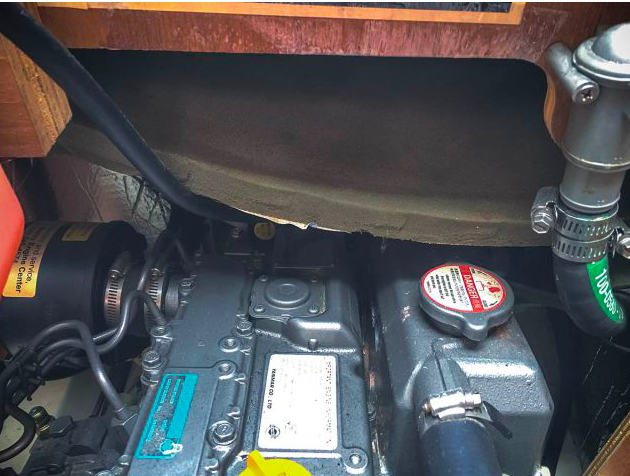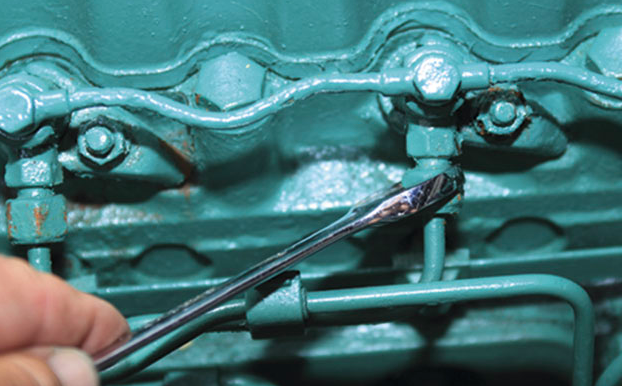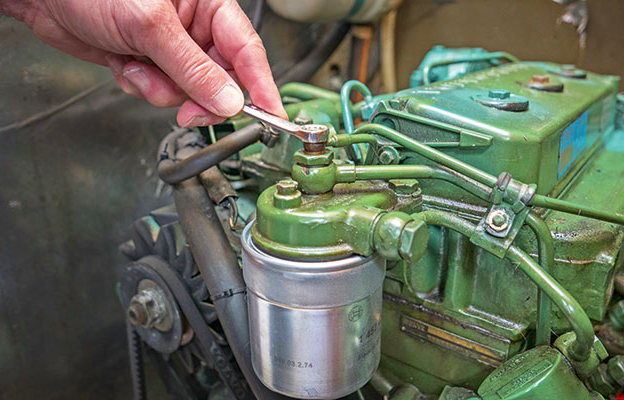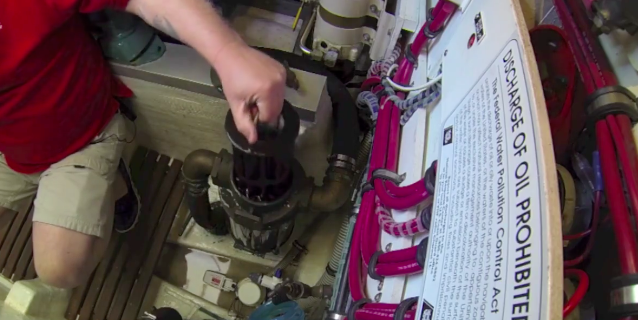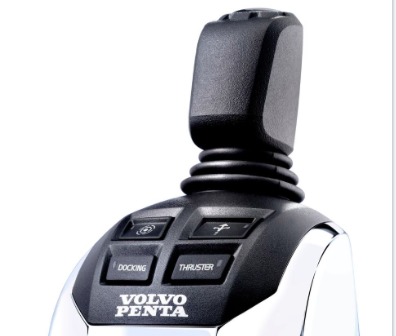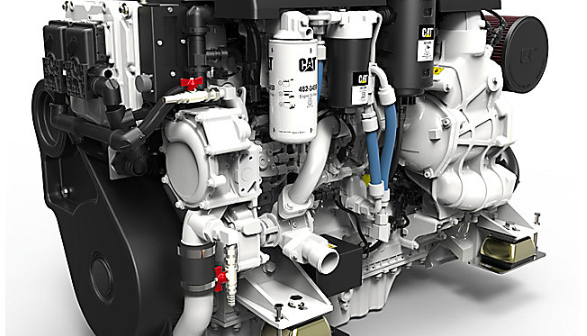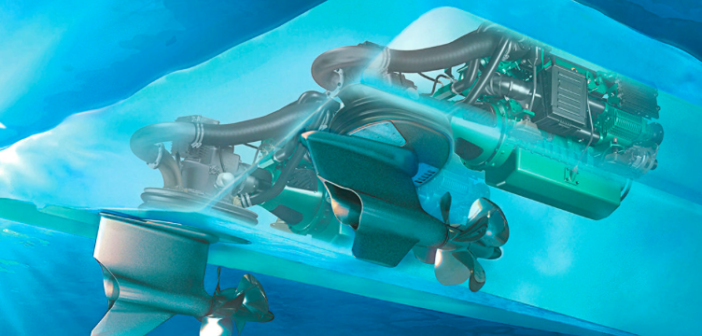Ask any builder of modern cruising boats, and they’ll readily confirm that sound levels are extremely important to their owners and potential buyers. Not only at the helm and salon, but also even in the staterooms, particularly since many master staterooms now are located midships, just forward of the engine room. A noisy boat with a lot of decibels coming from the engine or the generator (or both) can make for an uncomfortable cruise; it makes talking difficult at best, and it can lead to a headache and a longing to return to the peace and quiet of home back…
Browsing: Engine Room
Do you know what to do if your diesel exhaust suddenly turns grey? Or the engine loses power? Or overheats? Even if you do, here’s one of the best and most thorough stories I’ve seen about how to diagnose and fix most problems with a diesel engine. It’s great as a primer, if you’re new to diesels, and as a refresher, if you’re an old hand. And it covers all the bases, including how to bleed air from the injectors, drain a filter, and change an impeller. The graphics are clear and easy to understand. Take a look: http://www.yachtingmonthly.com/sailing-skills/diagnose-and-fix-marine-diesel-engine-problems-29940
There are many reasons why you might need to bleed your diesel engine, and few of them are good: You’ve run out of fuel, the fuel filters are clogged with dirty fuel, you’ve had to replace a secondary filter. If bleed you must, and sooner or later, unless you have a new high-tech common rail engine, you’ll probably need to get the air out of the system manually sooner or later. Take a look at this fast guide and then practice bleeding your diesel while you’re still at the dock, so you have this drill down perfectly. It will be…
Cleaning a sea strainer (or strainers, if you have two engines) isn’t brain surgery, but it is vital to the operation of your boat. A clogged strainer will ruin a cruise, or even a short outing away from the dock, in a real hurry. Make sure you know how to check and clean your strainer. It’s not hard, but here’s a good introduction if you’ve never done it before, or a fast refresher if you have. (And remember to close and then re-open the sea cock.) Take a look here: https://www.facebook.com/BoatUS/videos/vb.127893933900510/1136420499714510/?type=2&theater
A clean engine room is a dead giveaway about the owner’s care of his boat; it’s evidence that he does care, that he knows what he’s doing, that he plans ahead and takes care of things before they need taking care of. The converse: A dirty engine room is, well, simply not part of a boat you want any part of. Aside from all that (and my ungrammatical sentences), a clean engine room not only will help in keeping your boat running, but it also will preserve (and possibly enhance) the overall value of the boat. It certainly will boost…
We all know about Volvo’s revolutionary IPS pod drives, and how they make docking and controlling a boat easy, and actually fun. But now Volvo is going one step further, introducing its new Volvo Penta Joystick for Inboard system, also controlled by a joystick, that makes docking and boat control just as easy for conventional twin shaft-driven inboard boats. The Joystick for Inboards is indeed new and different: It just won a prestigious Innovation Award at the Miami International Boat Show. The new system has the first joystick for twin inboard shaft installations with integrated rudder, engine and bow thruster…
Cat has just introduced new engines for recreational power boats from 25 to 60 feet – most of the power cruising market – with a lot of advantages in a relatively small footprint. The C7.1 engines are in-line 6-cylinder, four-stroke diesels that are turbocharged and after-cooled, and they come in 406-, 456- and 507-hp versions. The engines’ advanced common rail fuel system delivers optimum combustion and low emissions; they are quiet because of reduced combustion through advanced electronic controls. They also are smokeless, both when starting and underway. With a superior power-to-weight ratio, the C7.1 engines have a swift response…
I tested the very first Volvo IPS drive back in 2005, when the engine company put two of their pod drives in a Tiara 38 to see how they would work on a recreational boat. Pods, of course, had been used for years on commercial ships, but this was the first on an American production boat. With two Volvo engineers, I cruised from Sandusky, Ohio, on Lake Erie, up to St. Ignace, Michigan, next to the Mackinaw Bridge at the top of Lake Huron. The test, of course, was a home run. At the helm, we turned a joystick to…
Here’s one of the best videos or explanations of any kind that I’ve seen about how to set up your engine instruments to monitor fuel flow. This video is from a Ranger Tug 27 with a Volvo engine display and a Garmin chartplotter, but it gives you a good idea of what to look for no matter what kind of boat or engine you have. Take a look: https://www.youtube.com/watch?v=QV9KFcPanVI
Twin Disc’s new E-STEER power steering should make steering easier, less tiring and more precise on cruising powerboats. This state-of-the-art control connects the helm electronically to hydraulic-powered rudders, and reacts immediately to changes in speed with adaptive resistance. As speed increases, the helm becomes finer and more agile; Twin Disc says it’s like driving a luxury car. When you throttle back, the wheel is light and highly responsive. Adaptive resistance makes driving easier since the wheel doesn’t react to every single rudder movement. Driving becomes smooth and vibration-free; it’s easier to hold a steady course, particularly in a choppy sea.…

